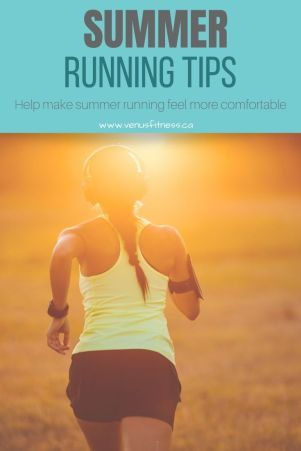Running Pace & Ground Contact
- Adrian Meier
- Jun 23, 2020
- 2 min read

Ground contact time always decreases as running pace increases. ????????♀️ ????????
One of the most under-appreciated performance-related running variables is ground contact time, or the amount of time your foot is in contact with the ground on each stride.
Ground contact time always decreases as running pace increases. Not all runners have the same ground contact times at the same speeds, and not every runner is able to reduce their ground contact time when trying to run faster. The fastest runners tend to have the shortest ground contact times. Training specifically to reduce your ground contact time is an effective way to improve your running.
Why is short ground contact so beneficial to running performance? When your foot is in contact with the ground during running, you are not moving forward. You are only moving forward when airborne. So the more time you spend airborne and the less time you spend on the ground, the faster you run.
Ground contact time is determined by three main factors:
The ability to apply force to the ground very quickly (that is, power),
The stiffness of the leg at the moment of footstrike. (A stiffer leg is able to capture more “free” energy from the ground and then reuse it),
Biomechanical characteristics such as the position of the foot in relation to the center of gravity at footstrike. (A foot that lands in front of the body’s center of gravity acts as a brake and thus increases ground contact time).
So how do you train to reduce your ground contact time? Simple: You train to increase your stride power and leg stiffness and improve your bio-mechanics. The most basic way to add power to your stride is to regularly include some very fast running in your training.
Studies have shown that plyometrics (jumping drills) and heavy weightlifting are also effective ways to increase leg stiffness and, consequently, running economy. A very efficient way to include some plyometrics in your training is to insert them within runs. For example, in the middle of a run, break stride and hop forward on one leg for 20 strides, then hop on the other leg. Gradually build up to 2 sets of 30 hops on each leg.
Foot Strike
Perhaps the simplest way to improve your running bio-mechanics to reduce ground contact time is to switch from a heel strike to a mid-foot strike.
In a mid-foot strike, the foot lands on the middle of the foot under the toes, then the rest of the foot including the heel, drops to the ground. This allows the impact to be spread over the area of the foot. Instead of a focused area such as the heel or the ball of your foot. As a result, you get greater distance running economy, greater comfort, and less pressure on your joints and muscles when you run. (Meaning lower risk of injuries).

You probably have never put much thought into your ground contact time. After all, you can’t exactly measure it on your own. But you can improve it even without measuring it.
Personally I have always spend more energy focused on increases my distance and endurance. You can check out some of my favorite weight bearing and pylometirc exercise here in my post, “Tips for exercising at home.”
As always anything to add?? I’d love to hear from you. 🙂




Comments